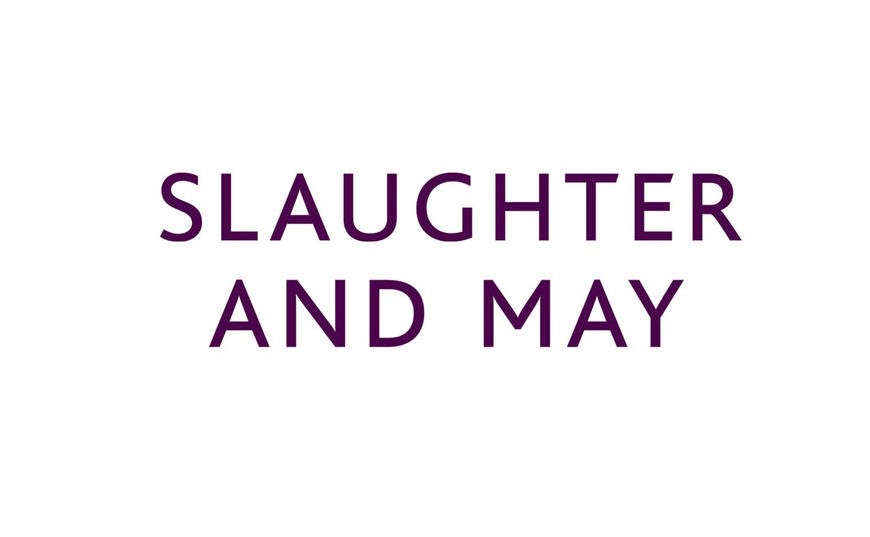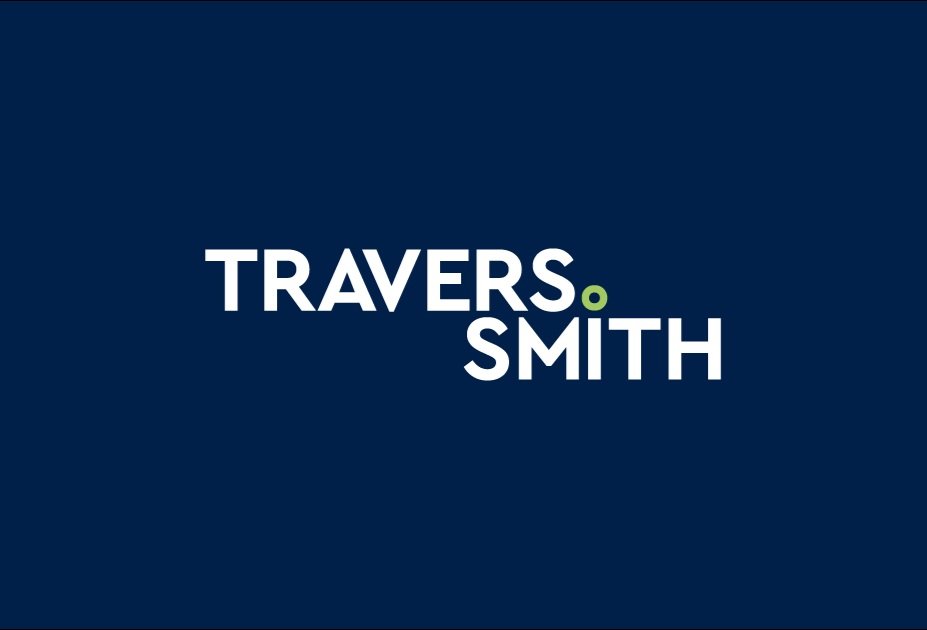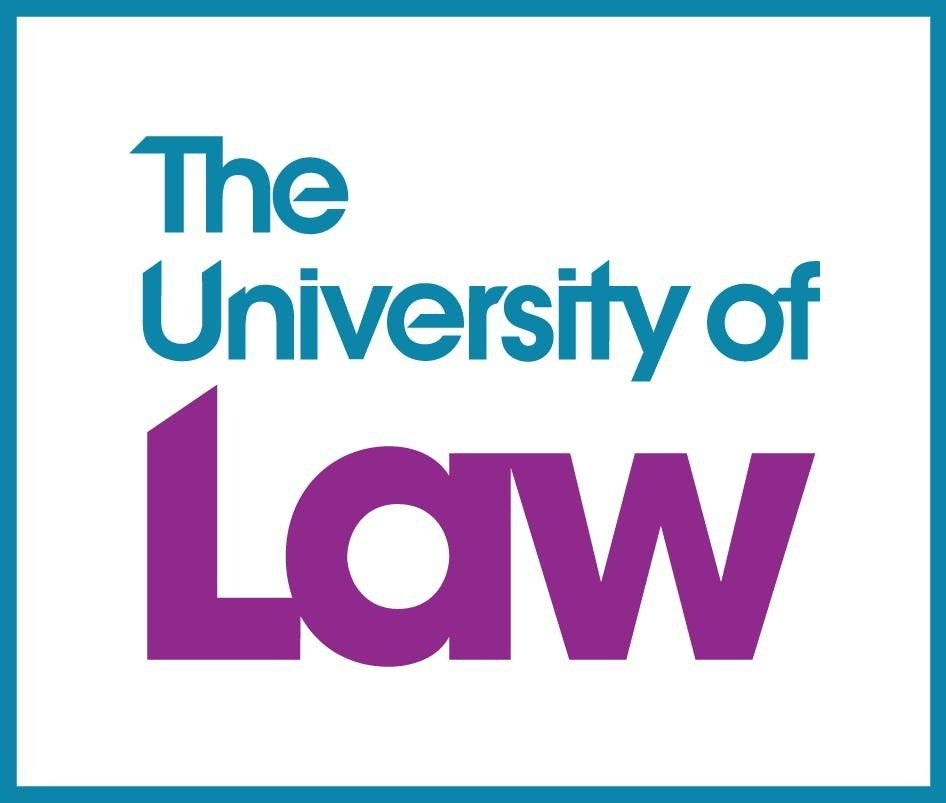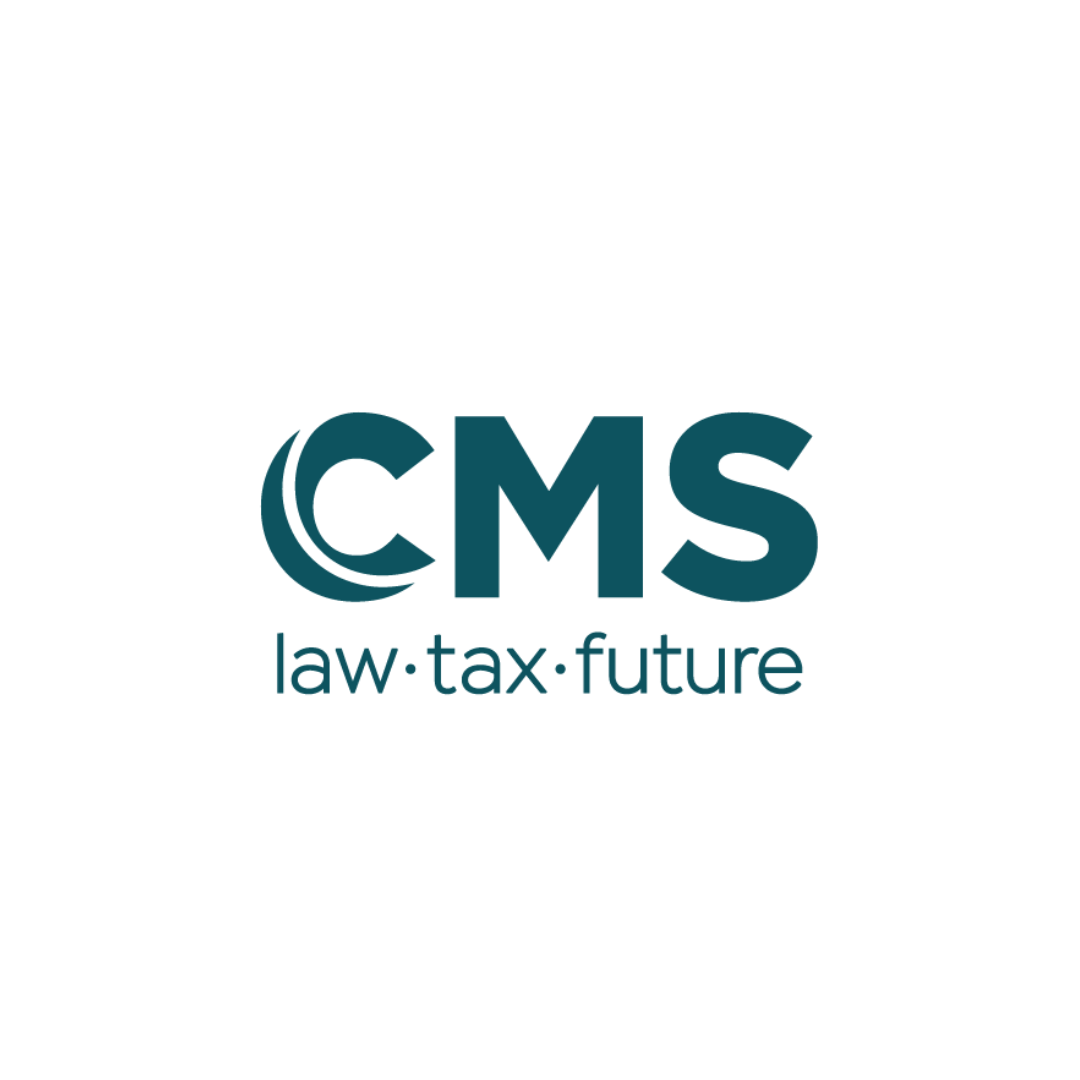Britain’s current civil legal aid system has not progressed or ensured that the law remains accessible to individuals since the introduction of the Legal Aid, Sentencing and Punishment of Offenders Act 2012 (LASPO).1 The Act has caused individuals just above the low threshold severe concerns as it restricts middle social classes and has denied them legal aid support since 2012 and the UK’s inflation rate. This contentious matter has therefore posed both a legal and moral conflict for society and the ‘middle class’.2 Pressman economically defines the middle class as ‘having an income level that is somewhere in the middle of the income distribution’3
and sociologically characterises the social group through a course of conduct and attitude as: ‘having a good education, [and] a stable career’ .4 The ramifications resulting from the introduction of the LASPO 2012,5 have illustrated how a social group can be excluded from receiving aid when not meeting the low civil aid threshold pertaining to the aid requirements.
Consequently, this restriction exacerbates inequalities individuals are affected by.
Individuals who require legal support to predominantly access the law but are just above the threshold, risk being means-tested and situationally failing to qualify for legal aid. Within LASPO 2012, it describes that by virtue of the reform concerning the two thresholds and eligibility limits, an individual’s capital assets must meet the less than £8.000 figure to access civil legal aid services. Additionally, they must earn less than £2,657 per month with a disposable monthly income of less than £733. This contends that: individuals who do not receive a vastly , which has not been appropriately modified to recognise Britain’s economy after the pandemic, in addition to income benefits and universal credit – are explicitly incapable of benefitting from civil legal aid and representation.6 This demonstrates that the Act has limited individuals’ equal access to representation and civil legal aid. The notion of lacking equal access to the law calls to mind Bingham’s ‘The Rule of Law’7emphasising the importance that ‘the laws of the land should apply equally to all, save to the extent that objective differences justify differentiation’.8
Bingham’s analysis considers that laws created ought to be fairly applicable to all to abide by the rule of law. However, he considers that the law ought to be fair, but recognises that it is complex to both, objectively and fairly regulate society, because the nature of society cannot hinge on a single rule applicable to all. Furthermore, one’s claim is immediately refused if the grounds of possessing it do not outweigh its financial cost and an individual’s case does not obtain over a 50% chance of success to ensure that the taxpayer’s finances are cost
effective.9 That said, the statistics from the act exemplify the constrictive measures exerted on individuals to access legal representation. This poses a threat to individuals just above the threshold who are not granted civil legal aid. Those who are not afforded the right to legal aid are consequently unable to benefit from the government’s scheme and hence cannot access the legal system. Drawing from these findings since 2012, individuals from middle-class backgrounds continue to be restricted by LASPO 2012 and the constrictive requirements imposed on them.
The King’s Bench Division of the High Court’s overturning of the Legal Aid Agency’s (LAA) unlawful decision in R. (on the application of WA) v Director of Legal Aid Casework10 exhibits the refusal of a mother qualifying for legal aid. She was wrongly denied access to legal aid because the LAA claimed that her case did not meet the domestic abuse and the means assessment requirements. Through her legal aid application, she tried to contest her former partner’s breach of an equal custody agreement for her son, (who was deemed to not be her dependent or part of her household because her ex-partner had coerced her son into living with him). Notwithstanding the coercive domestic abuse both herself and her son faced by her ex partner, the LAA refused her application through means-testing. As such, the LAA‘s inability to consider the claimant’s custody agreement for the purpose of the child’s position of residence demonstrates flaws in the decision-making process. Baker J’s judgment identifies the Legal Department’s neglect in questioning whether her son could be a member of both households for the purpose of the finances the claimant spent on him for the means assessment. The judge fundamentally determined that (pertaining to the Means Regulations), a child can be a member of two households – despite the LAA’s erroneous decision. Additionally, the housing cost of a legal aid applicant with a minimum of one dependent child or other relative within the household, ought to be treated distinctly from the housing costs – as opposed to a legal aid applicant with no dependants. Similarly, Richards v Legal Services Commission11 tackled the question of how one could be considered a member of a household through a question ‘of fact [by] having regard to all the circumstances of residence, relationship and ties’.12 Baker J therefore affirmed that pursuant to the Means Regulation 25(2)(b)13, the child was a resident of the mother’s home, (a fundamental aspect the Lord Chancellor and the LAA overlooked). This ruling denotes the injustice of the LAA’s erroneous decision to reject her application.
This case and the overturning of the decision emphasises that due care must be given to the legal aid requirements. The LAA’s failure to discuss the arrangements based on the breached shared custody agreement demonstrates their negligence in considering the information within the application. Baker J’s the LAA’s inability to consider the child’s residence is expressed through the assertion that: ‘to insist that a child can only ever be a member of one household is to misread the Means Regulations’.14 This exemplifies the LAA’s preoccupation and insistence that the child was exclusively a member of their father’s household. This disregard is evidence of circumstances in which a particular case corroborates wider systemic failures to pay due regard to an individual’s circumstances. To this end, it suggests that individuals just above the threshold and who do not meet the requirements, require support so they have access to the law.
The statistic from 2013 reporting that ‘the number of family cases where neither party has [had] a legal representative has tripled from 13% to 39%’ demonstrating an increase of inequality within the legal aid funding system’.15 This illustrates s individuals have faced. The welfare system has abandoned those who are not afforded the financial benefit to pay their legal fees. Individuals therefore face civil cases alone in the absence of representation. The Rushcliffe Committee’s recommendation from 1945 highlights 16 reflects the current system’s flaws as it exclusively focuses on those who meet the criteria and neglects people just above the threshold.
The intention of Legal Aid is to fundamentally support the more vulnerable within society who due to economic and social reasons- require legal subsistence in comparison to others who are in more economically established positions. The requirement for a wider scope of support to taxpaying individuals and the decrease in support for individuals is predominantly evidenced in Director.17 The refusal of the mother’s application could have had detrimental impacts on her and her son’s life — had the judge not overturned the initial decision.
The low-threshold restrictions have ignored those requesting advice who do not meet the civil aid requirements. Fundamentally exacerbating inequalities struggling social classes face and endure. Consequently, this has contradicted legal aid’s fundamental purpose of vindicating individuals of their legal rights for support. As a result of inflation, the low threshold does not accommodate for individuals that do not meet the criteria and are instead just above the threshold. In 2019, the Organization for Economic Cooperation and Development (OECD) defined middle class households to have a ‘disposable income of between 75% and 200% of the median income distribution’18 considering other residents within the household. The system reduces access to justice and ignores a small minority within the middle class who were once eligible in 1949 and whilst society has undoubtedly evolved since after WWII – the legal aid system included the group. This isolation derives from the coalition’s introduction of LASPO, 19 comparing to the successful scheme Lord Rushcliffe’s Committee proposed 20 and the Legal Aid and Advice Act.21 The civil eligibility criteria illustrate the strict requirements that an individual’s case must abide by to qualify. 22 The Act raises a contentious issue; individuals who do not receive a very low income (that has not been modified to recognise economic positions), or universal credit and income benefits23 – face not qualifying for legal aid or being ineligible despite their previous qualifying by the government prior to LASPO 2012.24 One’s claim is immediately refused if the grounds of possessing it do not outweigh its financial cost and an individual’s case does not obtain over a 50% chance of success to ensure that the taxpayer’s finances are cost-effective.25 Those who cannot afford to pay litigation fees and who are not afforded the access to legal representation are thus restricted from the civil legal aid system.
Within the preliminary Rushcliffe Report, Smith emphasises that the plans for ‘those who cannot afford to pay anything for legal aid should receive [it] free of cost [and that] there should be a scale of contributions for those who can pay something toward costs.’26 Lord Parker of Waddington exemplified the initial system’s prospective effective plans following the Act in 1949 where ‘nearly 50,000 people had legal advice under [their] scheme in 1961’27. Individuals from low, middle, and high income households were equally eligible for legal aid based on their respective financial status. Whereas an individual’s legal right to access the law has significantly been eradicated with ‘only 1 in 4 people (25%) […] now eligible for civil legal aid’28 owing to LASPO 2012. Society has evidently evolved since 1949; however, it is undeniably ironic that a system from after the second world war feels more adequate than the current one. This distinction instantiates the prior system’s accessibility to all social classes due to its requirements, as opposed to the limiting aspect of the current system. This evinces fail to qualify for legal aid.
Legal aid was formerly attainable to society within Britain based on their respective financial status. This therefore pales in comparison to the disparity deriving from the government’s contemporary system, which disadvantages individuals and taxpayers just above the threshold who do not meet the civil legal aid eligibility requirements’ scarce threshold. Heron’s ‘Legal Aid and the Impending Cuts’29 establishes that ‘at the time of [legal aid’s] launch eight out of ten people were entitled to the scheme’s assistance’30, illustrating its intention to ensure that people who could not afford legal fees were eligible for legal advice and representation ‘against eviction, welfare needs and […] the threat of an unjust conviction’ for example31. In essence, Director32 and Heron’s article illustrate the inherent injustices associated with one’s application for legal aid evidently that if refused, having grievous and irreparable consequences on an individual. The system’s exclusion of vulnerable individuals who are the victims of the civil aid reform has eradicated the likelihood of qualifying for legal aid.
Ultimately, the civil legal aid requirements from the Legal Aid, Sentencing and Punishment of Offenders Act 2012 do not adhere to the rule of law or fair access to a trial for middle social classes or better categorised as individuals just above the low threshold. This disparity has undoubtedly created an unequal opportunity for individuals to obtain professional legal support which is considered a principal aspect as part of the rule of law. To this end, the Act categorically neglects those just above the civil legal aid threshold, subjecting them to disparate access to the law in comparison to the individuals who are afforded legal support because they fit the criteria.
References
1 Legal Aid, Sentencing and Punishment of Offenders Act 2012 c.10.
2 Steven Pressman, ‘The Decline of the Middle Class: An International Perspective’ (2016) 41(1) Journal of Economic Issues 181-200 <https://www.tandfonline.com/doi/pdf/10.1080/00213624.2007.11507000> accessed 21 November 2023.
3 ibid, 183.
4 ibid, 182.
5 LASPO (n 1).
6 Ministry of Justice, ‘The Current Legal Aid Financial Eligibility Rules – Summary’ (MOJ, no date) <https://consult.justice.gov.uk/digital-communications/legal-aid-eligibility-and-universal credit/supporting_documents/annexcsummaryofcurrentlegalaidfinancialeligibilityrules.pdf> accessed October 2023.
7 Tom Bingham, The Rule of Law (1st edn, Penguin, 2010).
8 ibid, 36.
9 Legal Aid Agency, ‘Civil Legal Aid Eligibility Keycard’ (Government’s publishing service, April 2023) < https://assets.publishing.service.gov.uk/government/uploads/system/uploads/attachment_data/file/1149509/Eligi bility_keycard_59.pdf> accessed 20 October 2023.
10 R. (on the application of WA) v Director of Legal Aid Casework [2023] EWHC 689 [2023] 3 WLUK 504.
11 Margaret Alison Pryce Richards v The Legal Services Commission [2006] EWHC 1809 [2006] 7 WLUK 522.
12 ibid, [17] (Leveson J).
13 Civil Legal Aid (Financial Resources and Payment for Services) Regulations 2013/480 reg. 25 Deductions in respect of a partner and dependents of the individual <https://uk.westlaw.com/Document/I721649508BB911E28D19E552FC2F85C9/View/FullText.html?origination Context=document&transitionType=DocumentItem&ppcid=8dbae2838ec2485b8a65508dea5ccacb&contextDat a=(sc.DocLink)&comp=wluk>
14 Director (n 10), [74] (Baker J).
15 The Law Society, ‘LASPO Act’ (The Law Society, 31 March 2023) <
https://www.lawsociety.org.uk/topics/legal-aid/laspo-act> accessed 3 November 2023.
16 House of Lords, Legal Aid and Advice Act 1949: 70th Anniversary (House of Lords Library, 2019) para 12 https://researchbriefings.files.parliament.uk/documents/LLN-2019-0099/LLN-2019-0099.pdf accessed 18 April 2023.
17 Director (n 10).
18 University of Bath, ‘Whither the Middle Class?’ (University of Bath, 1st July 2019) < https://blogs.bath.ac.uk/iprblog/2019/07/01/whither-the-middle-class/> accessed 20 October 2023 19 LASPO (n 1), c.10.
20 Lord Parker of Waddington ‘The Development of Legal Aid in England Since 1949’ (1962) 48(11) American Bar Association 1029-1033 <https://www.jstor.org/stable/pdf/25722164.pdf?refreqid=excelsior%3A79c907cdd060a4d7a1d0ae2c78caf4e9&a b_segments=&origin=&initiator=&acceptTC=1> accessed 17 October 2023.
21 Legal Aid and Advice Act 1949.
22 LASPO (n 1), c.10 s.11.
23 ibid.
24 Liberty Human Rights, ‘Liberty’s Response to the MOJ’s Consultation ‘Transforming Legal Aid: Delivering A More Credible and Efficient System’ (Liberty, June 2013) < https://www.libertyhumanrights.org.uk/wp content/uploads/2020/04/Libertys-response-to-the-MOJs-consultation-on-legal-aid-2013.pdf> accessed 20 October 2023.
25 Legal Aid Agency ‘Civil Legal Aid Eligibility Keycard’ (Government’s Publishing Service, April 2023) https://assets.publishing.service.gov.uk/government/uploads/system/uploads/attachment_data/file/1149509/Eligi bility_keycard_59.pdf> accessed 3 October 2023.
26 Reginald Herber Smith, ‘Legal Aid and Advice: The Rushcliffe Report as a Land-Mark’ [1947] American Bar Association
https://www.jstor.org/stable/pdf/25715955.pdf?refreqid=excelsior%3Afe7a181bd48d4265100031cd6366a654& ab_segments=&origin=&initiator=> accessed 20 October 2023.
27 Lord Parker of Waddington (n 20), 446
28 The Law Society, ‘LASPO Act’ (The Law Society, 31 March 2023)
https://www.lawsociety.org.uk/topics/legal-aid/laspo-act> accessed 20 October 2023.
29 Paul Heron, ‘Legal Aid and the Impending Cuts: Paul Heron Outlines the Attacks on Legal Aid and How to Fight Them’ [2011] 57 Pluto Journals 28-31
<https://www.jstor.org/stable/pdf/10.13169/socialistlawyer.57.0028.pdf?refreqid=excelsior%3Afb896cdad22aaa 40159b7afe095fd30b&ab_segments=0%2Fbasic_search_gsv2%2Fcontrol&origin=&initiator=> accessed 2 November 2023.
30 ibid, 28
31 ibid, 28
32 Director (n 10)
Bibliography
Primary sources:
Legislation:
Legal Aid and Advice Act 1949
Legal Aid, Sentencing and Punishment of Offenders Act 2012 c.10
Cases:
Margaret Alison Pryce Richards v The Legal Services Commission [2006] EWHC 1809 [2006] 7 WLUK 522. R (on the application of WA) v Director of Legal Aid Casework [2023] EWHC 689 [2023] 3 WLUK 504
Regulations
Civil Legal Aid, ‘(Financial Resources and Payment for Services) Regulations 2013/480 reg.25
Secondary sources:
Bingham S, ‘The Rule of Law’ (1st edn, Penguin, 2010).
Heron P, ‘Legal Aid and the Impending Cuts: Paul Heron Outlines the Attacks on Legal Aid and How to Fight Them’ [2011] 57 Pluto Journals 28-31.
House of Lords, ‘Legal Aid and Advice Act 1949: 70th Anniversary’ (House of Lords Library, 2019) Legal Aid Agency, ‘Civil Legal Aid Eligibility Keycard’ (Government’s Publishing Service, April 2023) Liberty Human Rights, ‘Liberty’s Response to the MOJ’s Consultation ‘Transforming Legal Aid: Delivering A More Credible and Efficient System’ (Liberty, June 2013).
Ministry of Justice, ‘The Current Legal Aid Financial Eligibility Rules – Summary’ (MOJ, no date).
Pressman S, ‘The Decline of the Middle Class: An International Perspective’ (2016) 41(1) Journal of Economic Issues 181-200.
S Reginald, ‘Legal Aid and Advice: The Rushcliffe Report as a Landmark’, (American Bar Association, 1947).
The Law Society, ‘LASPO Act’ (The Law Society, 31 March 2023).
University of Bath, ‘Whither the Middle Class?’ (IPR blog, July 2019).
Waddington LJ, ‘The Development of Legal Aid in England Since 1949’ (1962) 48(11) American Bar Association 1029-1033

















